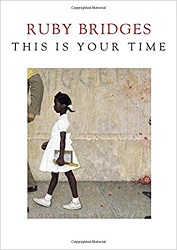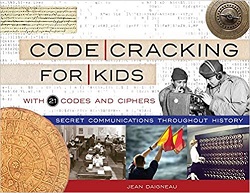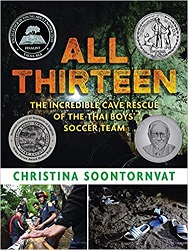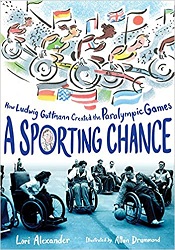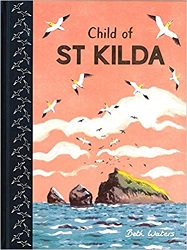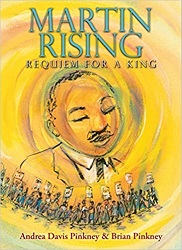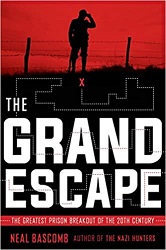Review of This Is Your Time, by Ruby Bridges
by Ruby Bridges
Delacorte Press, 2021. 58 pages.
Review written March 15, 2021, from a library book
Starred Review
I got to hear Ruby Bridges speak at ALA Virtual Midwinter Meeting in 2021, and it was so moving to hear her talk about what it was like to confront racism when she was only six years old, the first black child to attend a white school. Her parents didn’t tell her what would happen, only that she was going to go to a new school and needed to be on her best behavior. At first, when she saw all the people, she thought it was a Mardi Gras parade. She talked about how the year continued. Even though she got to go to the school, all the other children were kept away from her. But her wonderful teacher, Mrs. Henry, made her feel welcome and eventually made sure that she got to be with other children.
This book is simple, written to kids and illustrated completely with black and white photographs. Some of the most disturbing photographs to me are where photos from the 1950s are placed side by side with photos from the 2020 Black Lives Matter protests.
The words to go with those pictures are simple, suited to a child’s understanding. She begins by explaining what her first grade year was like.
I felt safe and loved, and that was because of Mrs. Henry, who, by the way, looked exactly like the women in that screaming mob outside. But she wasn’t like them. She showed me her heart, and even at six years old I knew she was different. Barbara Henry was white and I was black, and we mattered to each other. She became my best friend. I knew that if I got safely past the angry crowd outside and into my classroom, I was going to have a good day.
Then she goes on to talk about the Civil Rights movement and how she has talked with kids across the country.
I have not witnessed hatred or bigotry when I’ve looked into your young eyes. Regardless of what you looked like or where you came from, I saw some of my six-year-old self in you. You did not care about the color of each other’s skin, and I have loved seeing that because I saw hope. Hope that most people don’t get a chance to see, and I thank you for sharing that.
Ruby Bridges also reveals that her own eldest son was murdered. She has a special heart for black lives lost too soon.
She encourages children to keep protesting, keep working for change. Her message is not confrontational, but encouraging.
“You only need a heart full of grace.”
Really, it is that love and grace for one another that will heal this world.
It is that love and grace that will allow us to see one another as brothers and sisters.
It is that love and grace that will allow us to respect the many ways God has made all of us unique and will allow us to turn our stumbling blocks into stepping-stones.
Ruby Bridges didn’t have a lot of choice about her fame when she was six years old. But now as an adult, I appreciate that she’s encouraging children that they can have a part in making this world a better place.
Find this review on Sonderbooks at: www.sonderbooks.com/Childrens_Nonfiction/this_is_your_time.html
Disclosure: I am an Amazon Affiliate, and will earn a small percentage if you order a book on Amazon after clicking through from my site.
Disclaimer: I am a professional librarian, but the views expressed are solely my own, and in no way represent the official views of my employer or of any committee or group of which I am part.
What did you think of this book?
